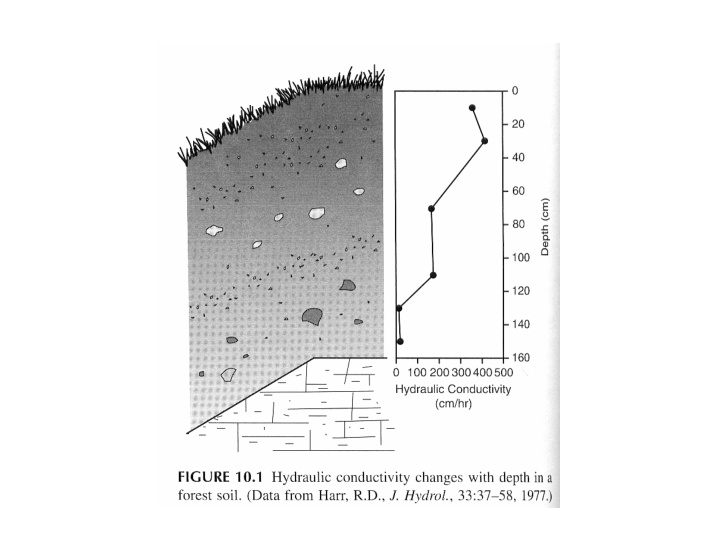



TREND DATA TREND DATA Forest area, 1760-2000 Return * Since 1900, forest area in the 1,100 U.S. has remained statistically within 745 million acres +/-5% Primarily 1,000 agricultural with the lowest point in 1920 of clearing in 900 735 million acres. U.S. forest the East area in 2000 was about 749 800 * million acres. 700 Million acres Basis for chart data: 600 FIA Field Inventory Reports 500 Forest Service report estimates 400 prior to FIA field inventories. 300 Based on Bureau of the Census land clearing statistics. 200 Based on estimates of forest 100 clearing proportional to population growth. - 1760 1800 1840 1880 1920 1960 2000 Bars include area in all 50 current States. NEXT Source: National Report on Forest Resources and other historic data Return to FIA Home
TREND DATA TREND DATA Regional forest trends in the 48 States, 1760-2000 Return Original forests in what is now the U.S. totaled about 1.05 billion acres (including what is now the State of AK and HI). 400 Clearing of forest land in the East between 1850 and 1900 averaged 13 square miles every day for 50 years; the most prolific 350 period of forest clearing in U.S. history. This coincides with one of the most prolific periods of U.S. immigration. 300 Currently, forests cover about 749 million acres of the U.S. or about 33 South percent of all land. 250 Million acres Basis for chart data: 200 1940- pres. FIA Field Inventory North Reports Interior West 150 1900 – 1930 Forest Service report estimates prior to FIA field 100 inventories. Pacific Coast 1850 – 1890 Based on Bureau of 50 the Census land clearing statistics. - 1760 – 1840 Based on estimates 0 0 0 0 0 0 0 0 0 0 0 0 0 of forest clearing 6 8 0 2 4 6 8 0 2 4 6 8 0 7 7 8 8 8 8 8 9 9 9 9 9 0 1 1 1 1 1 1 1 1 1 1 1 1 2 proportional to population growth. NEXT Source: National Report on Forest Resources and other historic data Return to FIA Home
TREND DATA TREND DATA Numbers of live trees by diameter, 1977 and 2002 Return As forests mature the Number of trees in the Number of trees in the average number of United States United States small trees tends to decline due to natural 7 180 competition and the 160 6 number of large trees 140 5 increases. This Billion trees Billion trees 120 pattern is evident in 4 100 the U.S. over the past 3 80 25 years, although it 60 2 may vary by region 40 1 and historic 20 conditions such as 0 0 harvesting and 3 5 7 9 1 9 3 5 7 9 1 1 1 1 1 2 2 - - - - 1 - 1 3 5 7 - - - - - - 1 3 5 7 9 1 catastrophic events 9 1 1 1 1 1 2 such as fire. Dbh class (inches) Dbh class (inches) 1977 There are currently 2002 nearly 300 billion trees at least 1-inch in diameter in the U.S. Source: National Report on Forest Resources Return to FIA Home NEXT
Figure 2. (a) Advance in elevation of the snowline as a result global warming; (b) Three elevation zones in the upper Rio Grande basin in Colorado; and (c) Zonal reduction of the snow cover depletion curves by SRM as a result of a 2.5 C warming. Rango, A. 2007. Personal communication.
Creep (example of mass wasting) along the Sheyenne River valley, North Dakota
Recommend
More recommend